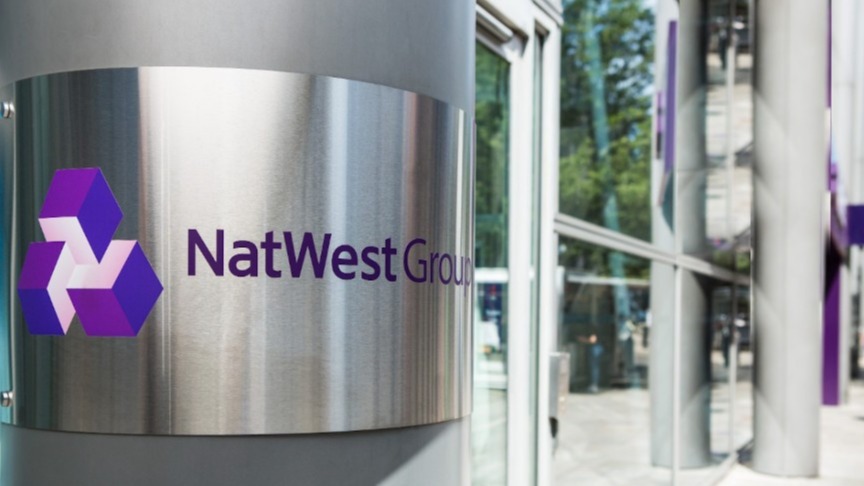Meta, parent company of Facebook and Instagram, has announced plans to lay an undersea cable that will carry data cross five continents.
The social media giant’s ‘Project Waterworth’ aims to build the world's longest undersea cable, which will span more than 50,000 kilometers, bringing what it describes as “industry-leading connectivity” to the United States, India, Brazil, South Africa and other key regions.
The company says that the project will boost economic cooperation, facilitate digital inclusion, and open up opportunities for technology development in these regions.
“For example, in India, where we have already seen significant growth and investment in digital infrastructure, Waterworth will help accelerate this progress and support the country's ambitious plans for its digital economy,” Meta's statement read.
Submarine cables account for more than 95 per cent of intercontinental traffic across the world's oceans to provide digital communications, video experiences, online transactions among other services.
Meta has previously participated in similar projects, developing more than 20 submarine cables.
The company said it is also planning to implement the first routing of its kind, maximising cable routing in waters up to 7,000 meters deep and using improved burial techniques in high-risk fault areas, such as shallow waters near the coast, to avoid damage from ship anchors and other hazards.
“With Project Waterworth we can help ensure that the benefits of AI and other emerging technologies are available to everyone, regardless of where they live or work,” Meta said.
Latest News
-
Project Prometheus: Jeff Bezos returns to an operational role with major AI venture
-
FCA seeks court reversal on tape contract suspension
-
Cloudfare experiences outage impacting customer websites
-
Levi’s partners with Microsoft to build AI 'super-agent'
-
Just Eat partners with Superdrug to deliver 8,000 products
-
Deutsche Börse Group to roll out SocGen’s stablecoins across settlement business
The future-ready CFO: Driving strategic growth and innovation
This National Technology News webinar sponsored by Sage will explore how CFOs can leverage their unique blend of financial acumen, technological savvy, and strategic mindset to foster cross-functional collaboration and shape overall company direction. Attendees will gain insights into breaking down operational silos, aligning goals across departments like IT, operations, HR, and marketing, and utilising technology to enable real-time data sharing and visibility.
The corporate roadmap to payment excellence: Keeping pace with emerging trends to maximise growth opportunities
In today's rapidly evolving finance and accounting landscape, one of the biggest challenges organisations face is attracting and retaining top talent. As automation and AI revolutionise the profession, finance teams require new skillsets centred on analysis, collaboration, and strategic thinking to drive sustainable competitive advantage.
© 2019 Perspective Publishing Privacy & Cookies



.jpg)

.jpeg)







Recent Stories